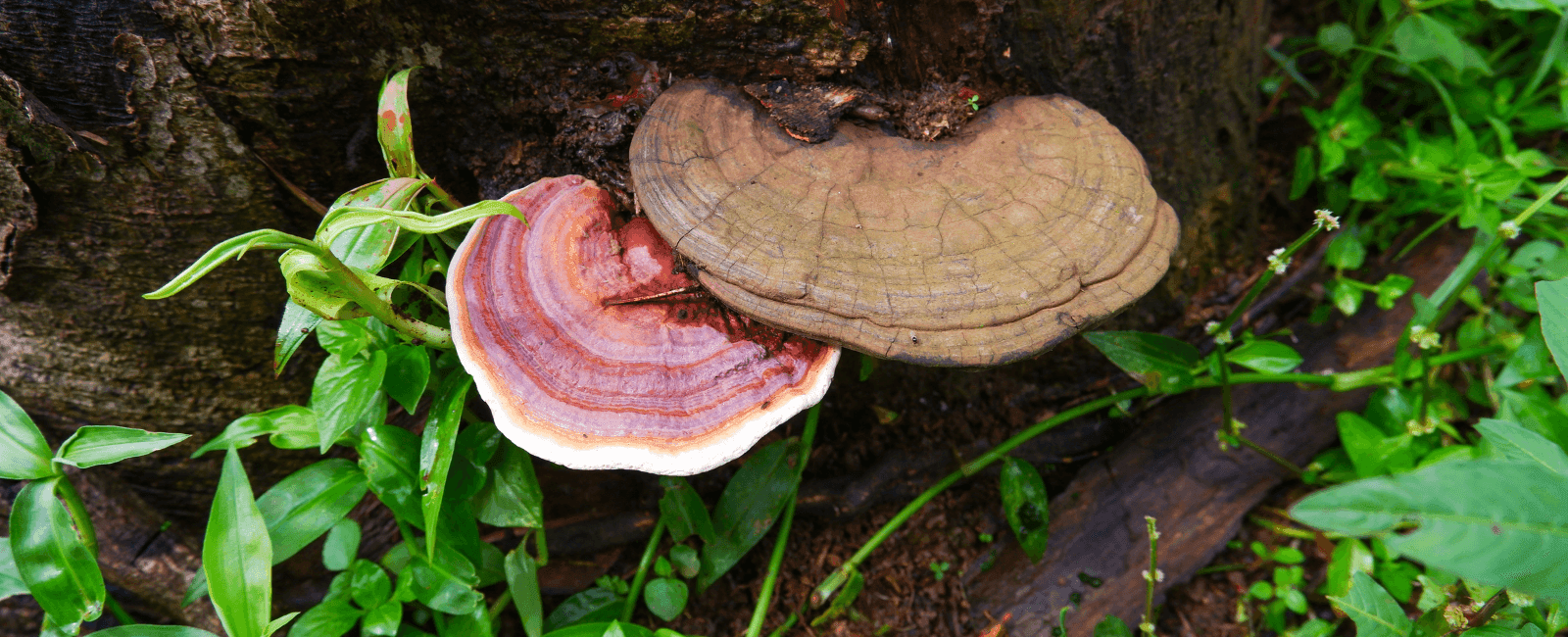

Somehow, in a world concerned with recycling, we still speak very little about electronic waste. While e-waste, comprised of tossed-out cell phones, laptops, TVs, and more, represents only two percent of America’s trash in landfills, it equals about 70 percent of overall toxic waste.
To make matters worse, much of this e-waste could be recycled in parts for materials recovery, yet antennas, power supplies, and processors are instead thrown away to take up space in a landfill.
Americans throw away more than 3 billion batteries every year, according to the Environmental Protection Agency (EPA). Batteries are only the beginning of this growing pile of e-waste. As the world population consumes and throws out countless chargers, game consoles, and smartphones, a solution to curb this trend is urgently needed. The time is long overdue to address e-waste and create sustainable electronic components in our digital world.
Luckily, a positive twist to this looming issue is on the horizon- scientists have found that the same circuits used to power our iPhones and Bluetooth devices can be replicated using fungal mycelium skins to create e-waste that returns to the earth post-use.
What’s that mean? Gamers: imagine playing your favorite mushroom-based video game (Last of Us, anyone?) while it’s powered by… you guessed it- your Xbox or Nintendo might eventually run on mushrooms.
While mushrooms have been the stars of our wellness or culinary regimens for many years, it might be time to turn your attention to a new contender, mycelio-tronics.
The study

This game-changing discovery was made by Martin Kaltenbrunner, Doris Danninger, and Roland Pruckner, scientists at Johannes Kepler University Linz in Austria. The paper “MycelioTronics: Fungal mycelium skin for sustainable electronics” was published in Science Advances on November 11, 2022.
These scientists found that the skin from the Reishi mushroom, Ganoderma lucidum, is an effective biodegradable electronic substrate. That’s a mouthful, though- let’s call this new method of creating mushroom-skin circuit boards the introduction to myceliotronics. (Get it? Mycelio… you get it.)
Today, the electronic circuits that our most-used electronic devices are made from rare metals, epoxy resins, and chemicals to meld together and make your gadgets go. These glued, smooshed, and sandwiched materials make recycling, much less degradation, impossible without intervention.
In any case, the circuits in a television thrown out ten years ago are likely identical to the time they were thrown out if left to their own devices (pun only slightly intended) to break down.
Mushroom skins, however, take the stand as the unexpected hero in the realm of e-waste. The original study on myceliotronics studied the skin of Reishi mushrooms to act as a replacement for typically soldered central processing units (CPUs), as scientists took note of the mushroom skin’s ability to insulate electrical currents and sustain high temperatures.
Like electric currents send signals across a circuit board, mushrooms share similar communicative connections across their biomes. The combination of the Reishi’s thin but durable skin with electronic components, like metals such as copper and gold, creates successful semiconductors that naturally break down after usage.
The future

As sustainability efforts rise across the globe, this discovery is crucial to continue releasing new products that won’t take space in a landfill for centuries to come.
While efforts like the general pivot to universal USB adapters across most systems (ahem, looking at you, Apple) have slowed the rise of e-waste in landfills, creative solutions such as mushroom manipulation will create a more sustainable future for both us and consumer electronics.
As far as trials, results thus far have been promising in small quantities- “small” meaning a literal, single computer chip. Reishi skin has proven to be a solid option to power our headsets, keyboards, Wi-Fi, or even our homes in the future.
While the implementation of mushroom skin remains to be expanded beyond a few modules, the skin of the Reishi could be the next hero in electronics, robotics, animatronics, and every “-tronic” out there.
References
- Danninger, Doris, Roland Pruckner, Laura Holzinger, Robert Koeppe, and Martin Kaltenbrunner. “MycelioTronics: Fungal Mycelium Skin for Sustainable Electronics.” ScienceAdvances, November 11, 2022. https://www.science.org/doi/10.1126/sciadv.add7118.
- Lichtenberger. “‘Myceliotronics’ – Fungal Mycelium Skin for Electronics.” JKU, November 14, 2022. https://www.jku.at/en/news-events/news/detail/news/myceliotronics-forscher-nutzen-pilzhaut-fuer-elektronik/.
- Pires, Francisco. “MycelioTronics Wants to Create PCBS from Fungi.” Tom’s Hardware, November 18, 2022. https://www.tomshardware.com/news/myceliotronics-wants-to-create-pcbs-from-fungi.


